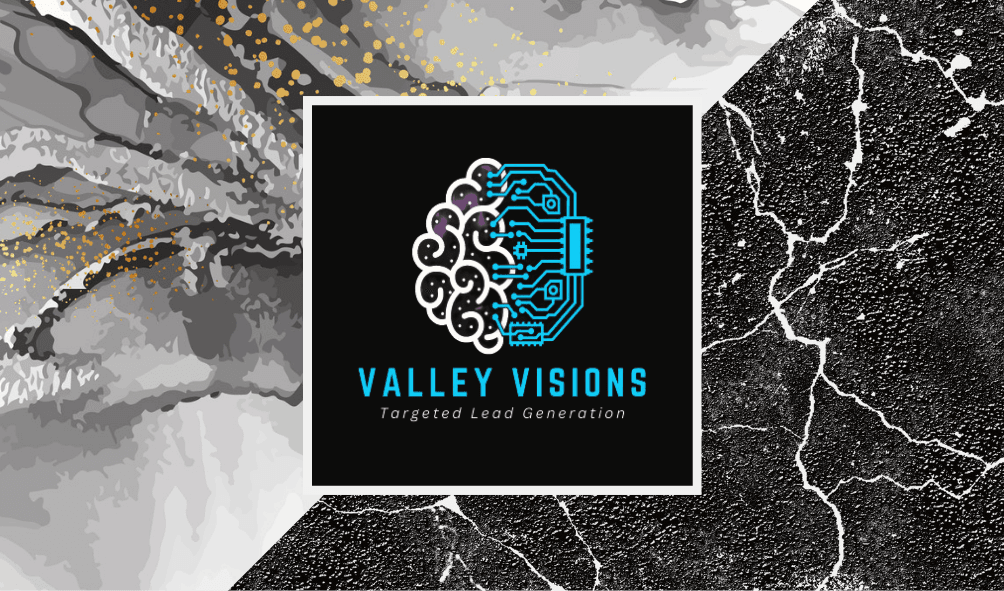Exploring Current Trends in Digital Advertising to Stay Ahead
The Rise of Programmatic Advertising
In the ever-evolving landscape of digital advertising, programmatic advertising has become a game-changer. This technology automates the buying and selling of ad spaces, allowing marketers to target their audience more effectively and efficiently. With the ability to analyze vast amounts of data in real-time, programmatic advertising helps businesses reach the right customers at the right time.
As a result, companies can optimize their ad spend and maximize returns on investment. The growing reliance on programmatic advertising is a trend that shows no signs of slowing down, as more businesses recognize its potential for precision targeting and cost efficiency.

Embracing Artificial Intelligence and Machine Learning
Artificial Intelligence (AI) and Machine Learning (ML) are revolutionizing digital advertising by providing deeper insights into consumer behavior. These technologies enable advertisers to create more personalized and engaging ad experiences. AI and ML can analyze user data to predict future behaviors, allowing marketers to tailor their strategies accordingly.
Moreover, these technologies facilitate the automation of complex tasks, freeing up time for creative strategy development. As AI and ML continue to advance, they promise to further enhance targeting accuracy, ad performance, and customer engagement.

The Growing Importance of Video Content
Video content has become an essential component of digital advertising strategies. With platforms like YouTube, TikTok, and Instagram Reels gaining massive popularity, video marketing is crucial for capturing audience attention. Videos are engaging and can convey messages more effectively than static images or text.
Brands are increasingly investing in video ads to boost visibility and engagement. Short-form videos, live streaming, and interactive video content are particularly effective in generating audience interaction and driving conversions.

Leveraging Social Media Advertising
Social media platforms remain central to digital advertising strategies due to their vast user bases and targeting capabilities. Platforms like Facebook, Instagram, LinkedIn, and Twitter provide advertisers with access to diverse audiences and advanced targeting options based on demographics, interests, and behaviors.
As social media continues to evolve, new advertising opportunities arise. For instance, influencer marketing is gaining traction as brands partner with social media personalities to reach niche audiences authentically. This strategy not only enhances brand credibility but also fosters community engagement.
Personalization and Customer Experience
Personalization in advertising is no longer a luxury but a necessity. Consumers expect tailored experiences that resonate with their preferences and needs. By leveraging data analytics, businesses can deliver customized content that speaks directly to individual consumers.
This level of personalization improves customer experience, increases engagement rates, and strengthens brand loyalty. As consumers continue to demand meaningful interactions, personalized advertising will remain at the forefront of digital marketing strategies.

Sustainability in Digital Advertising
Sustainability is becoming a significant consideration in digital advertising as consumers increasingly value environmentally responsible brands. Advertisers are focusing on reducing their carbon footprint by adopting greener practices such as optimizing ad file sizes for faster loading times and using eco-friendly hosting solutions.
Brands that embrace sustainability in their advertising efforts not only contribute positively to the environment but also appeal to conscious consumers who prioritize eco-friendly practices. This trend reflects a broader shift towards responsible marketing that aligns with consumer values.
